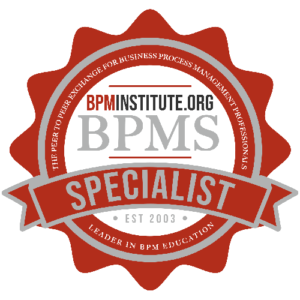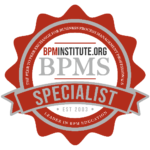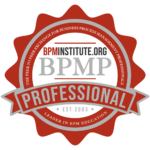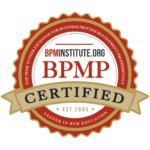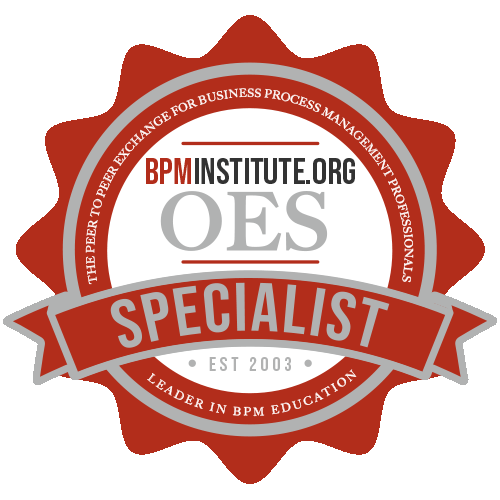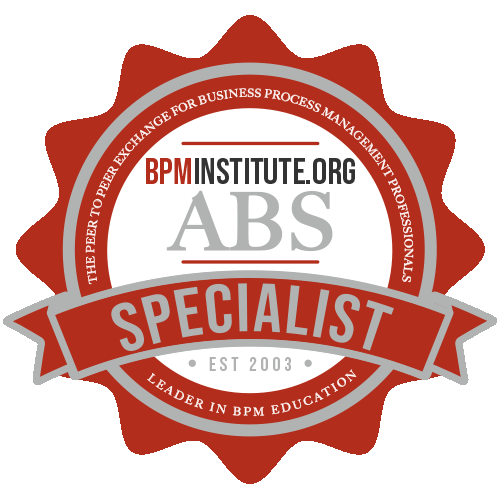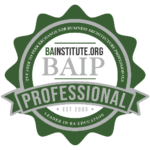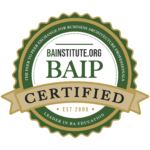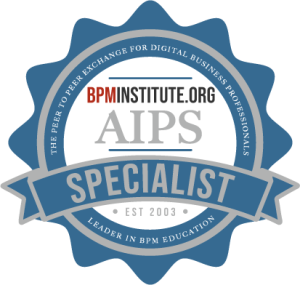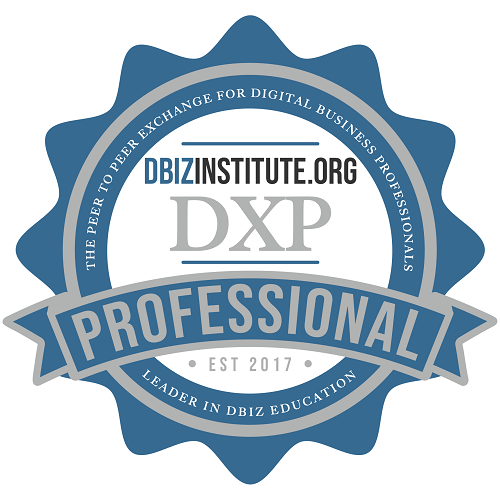BPM lifecycle—the conceptual framework organizations use to describe how processes are managed, improved, and governed over time.
But here’s the truth: we don’t have a standardized model of the BPM lifecycle. And in fact, that’s one of the things we love about BPM. Different models emphasize different priorities. Some focus more on governance and strategic alignment; others zoom in on operational improvement and technical execution. This flexibility allows each organization to choose or adapt a lifecycle to reflect its goals, culture, and maturity.
In this article, we’ll walk you through a few key lifecycle models we’ve found useful—and explain why we believe that the strategic lifecycle must always come first.
The BPMInstitute Lifecycle: A Strategic Framework
Let’s start with the BPMInstitute’s own lifecycle model, often taught as a foundational approach. It includes five key phases:
- Define – Identify the organization’s core value proposition and the corresponding business processes that deliver on those promises. What are the critical business imperatives that need to be addressed?
- Model – Visualize organizational value creation. What are the critical cross-functional flows that deliver value? Create a first draft of a process architecture or a process inventory.
- Analyze – Evaluate process performance and alignment with business objectives. Look for gaps, inefficiencies, or misalignments. Consider whether a project or program is required to address the situation.
- Design – Transform, redesign or refine processes to improve effectiveness and alignment with strategy.
- Manage – Ensure changes and improvements collectively enhance organizational performance while establishing governance, accountability, and continuous monitoring to sustain process alignment over time.
We see this model as a strategic lifecycle—a framework for creating and sustaining process governance across the organization. It’s not about fixing individual workflows. It’s about defining what processes matter, how they’re aligned to strategy, and who’s accountable for keeping them healthy. That said, it doesn’t ignore operational improvement—which we’ll return to next. At its core, this lifecycle establishes the system of oversight that enables process improvement to happen within a strategic frame. In other words: strategy leads; improvement follows.
Adding an Operational Layer: Methodologies for Continuous Improvement
While the BPMInstitute’s lifecycle provides a strategic scaffold, organizations still need a practical improvement cycle to operate within that governance system. When the required change is important enough to justify a project or improvement mandate to a team at the strategic layer, then the project can be initiated that would repeat the five phases:

- Define: Identify and scope the specific process with a targeted improvement goal.
- Model: Dive deeper into the process to see flow, roles, decisions, and handoffs.
- Analyze: Examine for improvement whether that be root causes of issues or opportunity identification.
- Design: Develop process changes or improvements to address the identified issues or opportunities.
- Manage: Implement the new process, monitor its performance, and sustain improvements through local governance and control.
Another option to consider is that your organization can consider one or more of these tried and trusted process improvement methodologies:
- PDCA: Plan, Do, Check, Act; from Shewhart or Deming cycle often in Kaizen
- DMAIC: Define, Measure, Analyze, Improve, Control; from Lean Six Sigma (LSS)
- DMADV: Define, Measure, Analyze, Design, Verify; from LSS for new process design
- Frame a question, Gather inspiration, Generate ideas, Make ideas tangible, Test to learn, Share the story; from Design Thinking
- 4 D’s: Discover, Dream, Design, Destiny; from Appreciative Inquiry
The key insight? The BPM lifecycle is not one-size-fits-all at the operational level. Organizations are encouraged to select—or combine—improvement methodologies that align with their context. These improvement cycles live inside the strategic lifecycle’s governance structure. Without that strategic layer, improvement risks being siloed, disconnected, or unsustainable.
Alternative Lifecycle Models: Exploring the Landscape
One of our favorite parts of BPM is seeing how different experts visualize the lifecycle. For example, Roger Tregear’s “Tregear Circles”(1) offers a simple, elegant depiction of two interlinked cycles:
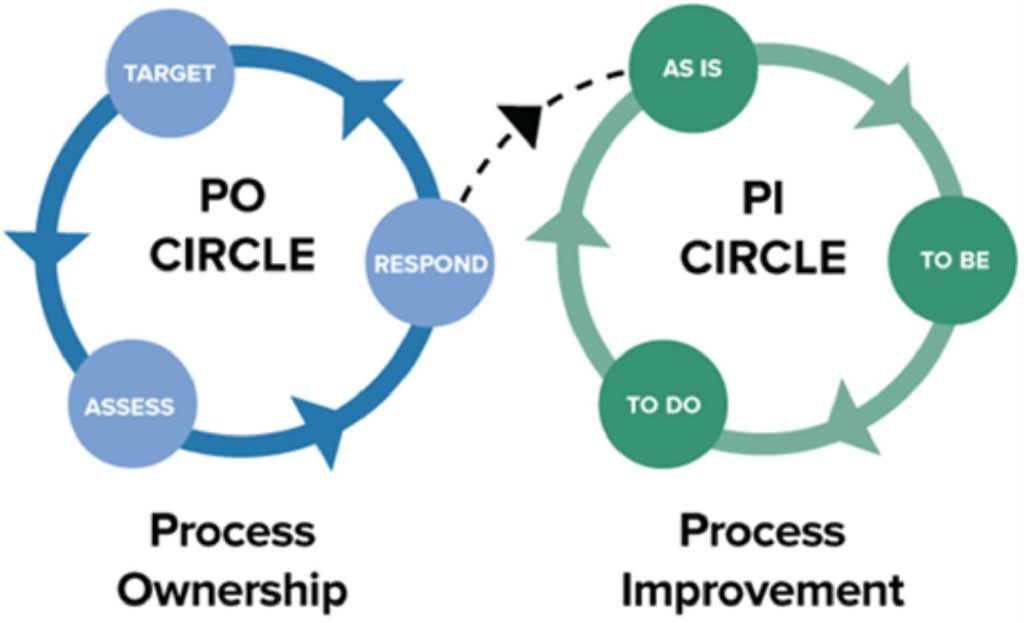
Tregear’s model shows that process improvement is embedded inside process management. Governance (the management cycle) sets direction, while improvement efforts operate inside that managed environment. We appreciate Tregear’s clarity—it reinforces that process improvement only makes sense inside a governance system.
A more detailed model comes from Pedro Robledo (2):
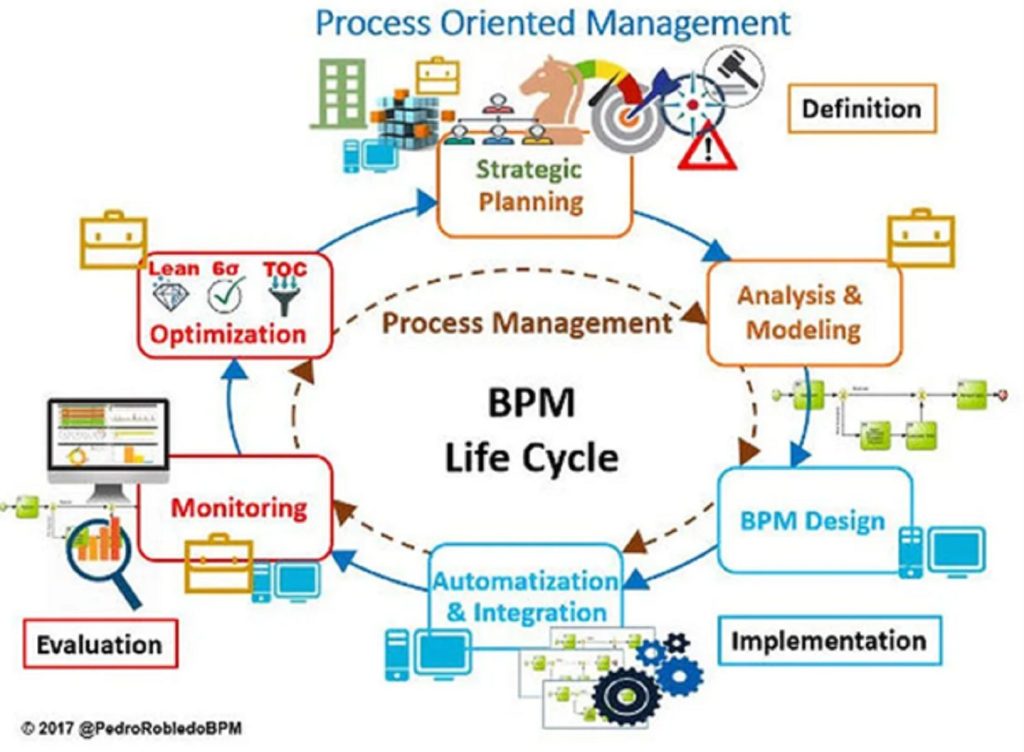
Robledo’s model captures the complexity and interdependency of modern BPM. It shows how strategic and operational lifecycles interweave with technology, data, and governance.
Consider this as a reminder: as organizations mature, BPM becomes more integrated into their digital and strategic systems.
And to that point, organizations should consider the technical perspectives of process automation in their lifecycle. As an example, here is Camunda’s representation (3):

This lifecycle reflects the reality of process automation and technical deployment—showing how BPM practices intersect with development and IT operations.
Each of these models tells a different story. And I love comparing them, because together they reveal a core truth:
Every BPM lifecycle is a reflection of an organization’s values, culture, and governance maturity.
Why the Strategic Lifecycle Comes First
With all the organizational challenges, it’s tempting to dive into operational improvement. But here’s the critical insight: The strategic lifecycle must lead.
Without clear governance, ownership, and alignment, operational improvements risk becoming isolated projects—“fixing” one workflow while leaving systemic misalignments untouched. Another important risk is suboptimization where one process is improved but overall organizational performance is diminished.
The BPMInstitute’s lifecycle (Define, Model, Analyze, Design, Manage) provides the umbrella governance under which operational cycles (DMAIC, Kaizen, Design Thinking) can succeed.
Strategic governance ensures:
- Process improvement is aligned with business priorities
- Improvements are prioritized based on value to stakeholders
- Accountability and roles are clear and sustained
- Adaptation happens within an intentional system
In other words:
Operations serve strategy. Strategy doesn’t serve operations.
Conclusion: Choosing and Owning Your Lifecycle
As we’ve seen, there’s no universal BPM lifecycle. There are many models—each emphasizing different aspects of process management.
Whether you prefer the BPMInstitute’s five-phase model, Tregear’s Circles, Robledo’s ecosystem, or Camunda’s technical cycle, what matters is owning a lifecycle that fits your organization’s culture, maturity, and governance needs.
Because BPM isn’t about following a diagram. It’s about being adaptable to changes in your environment! It’s about creating a system that connects strategy, governance, and continuous improvement—so your organization stays adaptable, aligned, and focused on delivering value to your customers and other external stakeholders.
For anyone starting out, this framework provides clarity on how change can be organized in an organization. As you continue your BPM journey, keep these stages in mind. They will not only guide your own efforts but also help you work more effectively within any team or organization committed to excellence in process management.
Until then, we invite you to reflect:
What’s your organization’s BPM lifecycle—and how well does it serve your strategy?
References:
- Tregear, R. (2017). Reimagining Management: Putting Process at the Center of Business Management. Blurb.
- Robledo, P. (2017, May 24). Not enough with an independent management of a process. Medium. Retrieved from https://medium.com/@pedrorobledobpm/not-enough-with-an-independent-management-of-a-process-312583d551ae
- (2017, February 15). BPM-Lifecycle – go from analysis to design with Camunda [Tweet]. Twitter. Retrieved May 1, 2025, from http://buff.ly/2lI6zHz





